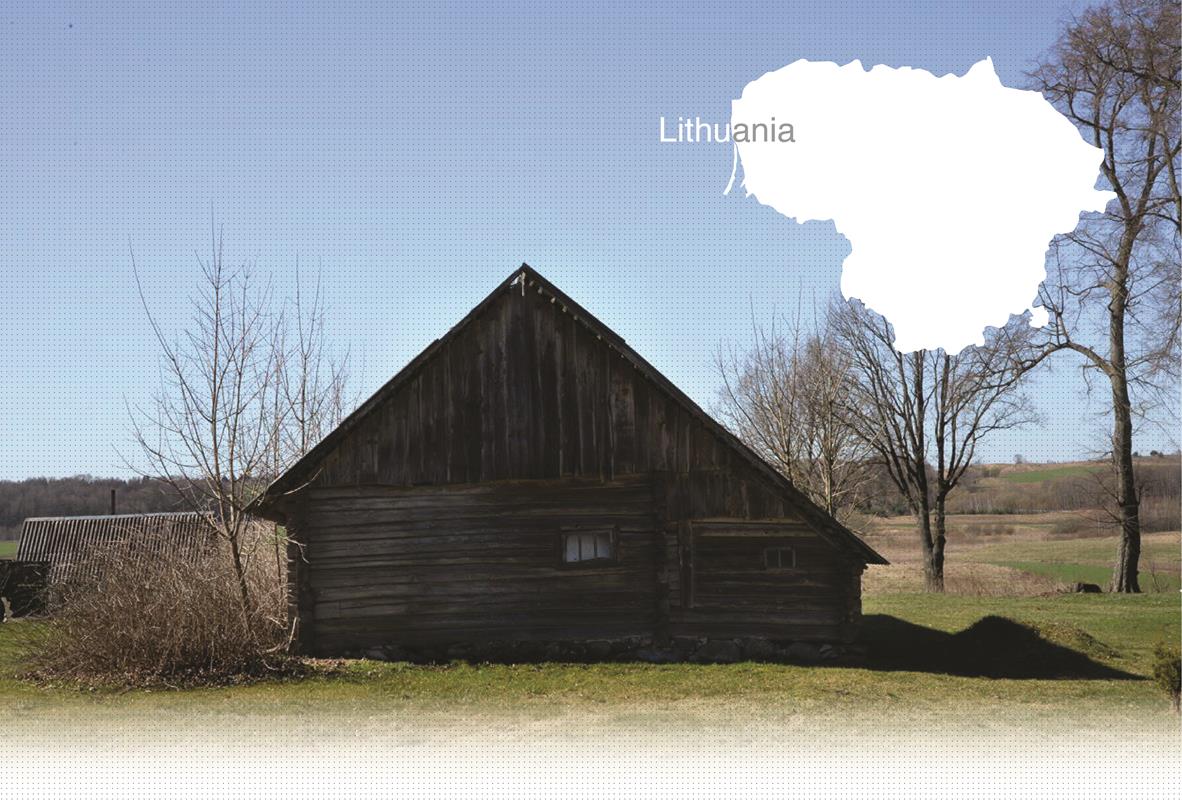

1 Killing site(s)
Augustinas S., born in 1930, describes the pit he saw days before the mass execution: “People started saying that the Jews had dug a pit. My friends and I rushed there to see it. It was about 15 meters long, like a house, and about two meters wide. Its depth could have been two meters. The soil was piled on one side of the pit."(Witness N°114, interviewed in Tryškiai, on October 23, 2014)
First mentioned in written sources in 1538, Tryškiai grew into a town and was granted Magdeburg rights in 1792. Approximately at the same time, a Jewish community was formed in the town and began developing rapidly. When Tryškiai became a district center in the middle of the 19th century, it started hosting weekly markets and monthly fairs that became an important source of income for the local Jews. 15 Jewish families were engaged in crafts, five were farmers, and the rest earned their living in trade. By 1897, the population of Tryškiai had grown to 1,971, including 681 Jews. Local youth studied in the Beit Midrash that was established in Tryškiai in 1899; some of the students continued their studies in Telšiai and Šiauliai. A survey conducted in 1931 showed that Jews owned all 13 shops in the town, as well as 11 factories. The Jewish Popular Bank was established in 1926 and had 97 members. All Jewish businesses were nationalized during the first Soviet occupation in 1940-1941. When Germany invaded Lithuania in June 1941, about 200-300 Jews lived in Tryškiai.
The German army occupied the town three days after the beginning of the war, on June 25, 1941. The persecution of the Jews started right away, including beatings and robberies. Frightened Jews avoided leaving their homes during the first weeks of the occupation. In the middle of July, they all were assembled in the estate of Count Plater and confined in a barn. Three Germans arrived the same month and separated Jewish men from the others according to the list they had with them. Men were called by name and profession, as if they were to be taken to work. But instead, they were escorted to the pit dug on the bank of Virvytė River. According to the witness interviewed by Yahad, the Jews were made to dig it themselves. During the execution, the victims were forced to undress, then were taken to the pit in groups of four and were shot. Women and children stayed in the barn for two weeks more, and then were transfered to the ghetto in Žagarė. They were murdered along with the Jews of Žagarė and surrounding towns on October 2, during the liquidation of the ghetto.
For more information about the execution in Žagarė, please refer to the corresponding village profile
 Read Yahad-In Unum’s report of the research trip in this area
Read Yahad-In Unum’s report of the research trip in this area
 Go to the LitvakSIG website, whose mission is to preserve Litvak heritage by discovering, collecting, documenting and disseminating information about the once vibrant Jewish community of Lithuania.
Go to the LitvakSIG website, whose mission is to preserve Litvak heritage by discovering, collecting, documenting and disseminating information about the once vibrant Jewish community of Lithuania.
Do you have additional information regarding a village that you would like to share with Yahad ?
Please contact us at contact@yahadinunum.org
or by calling Yahad – In Unum at +33 (0) 1 53 20 13 17